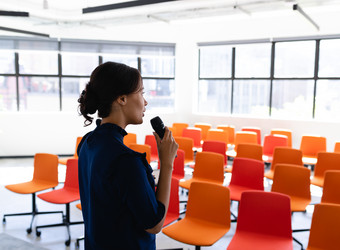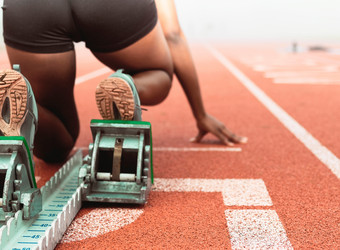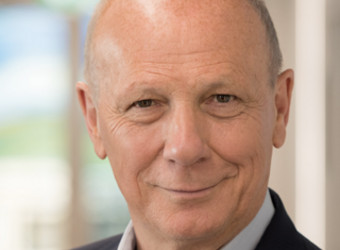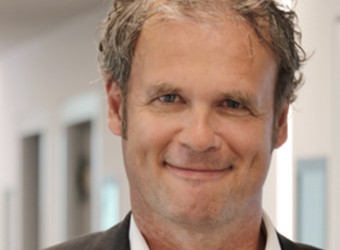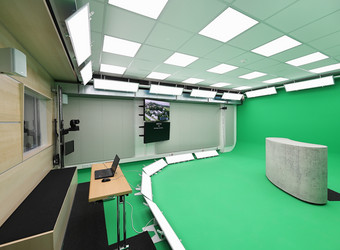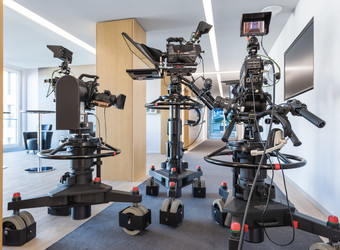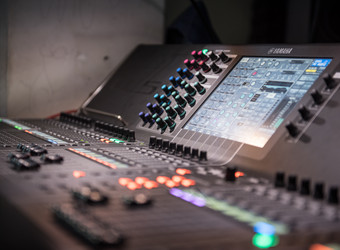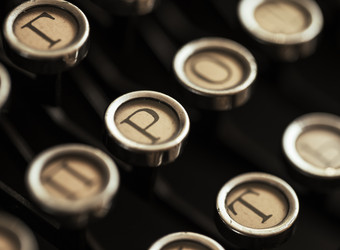Without words – the power of body language and non-verbal communication
Tips for more presence at public appearances
Appearing present and convincing in a public appearance cannot only be achieved through the spoken word. So-called non-verbal communication, i.e. body language, facial expressions and gestures, also plays a crucial role.
They say a smile is worth a thousand words. What's behind it: We only convey a small part of our messages through words. The majority, however, comes from body language, gestures and facial expressions. Therefore, these signals are extremely important when it comes to convincing the audience and gaining trust. However, non-verbal communication is much more difficult to control than words. You can prepare the text of a presentation or speech. But what we convey through our posture or facial expressions when we perform often happens unconsciously. However, it is fatal when what we say does not match the signals that the body sends out. Then we lack persuasiveness and the audience does not gain trust.
The power of the silent message
Nonverbal communication includes all communication signals that do not require words. In addition to posture, this also includes gestures, facial expressions and eye contact. It is a crucial element in gaining the interest and trust of the audience and building an emotional connection. In public appearances, non-verbal communication can be a powerful tool that can be used specifically to attract attention, show security and self-confidence, and convince the audience. The power of the silent message lies in the fact that it is usually perceived unconsciously by the audience. Hardly anyone pays close attention to how a speaker is standing or where he is looking, and yet subtle clues reach viewers that shape their judgment about the speaker's credibility and competence.
Tips for body language in public appearances
Body language can reinforce or weaken the message we want to convey. This is how the most important body language elements work:
- Posture: A confident posture signals that you are in control of the situation. This means keeping both feet firmly on the ground, keeping your shoulders relaxed and open, and facing the audience as much as possible. Those who collapse, on the other hand, seem insecure and not very credible. Crossed arms signal rejection.
- Gestures: Conscious hand gestures underline and emphasize what is being said. Hands should be free and visible to signal transparency and openness. The open showing of the palms of the hands (as a sign of openness) and the slightly bent opening of the arms (which emotionally invites the audience) have proven to be effective. The gestures should be neither too mechanical nor too large, as this often looks unnatural.
- Facial expressions: Open and friendly facial expressions make the speaker appear likeable. But this only works if the facial expressions are authentic. A forced smile or a fake facial expression quickly look fake. Even the slightest changes in facial expressions, such as a minimal frown or raising of the eyebrows, can unconsciously send out negative signals.
- Eye contact: Regular eye contact helps to build a connection with the audience. However, instead of just looking at one person, it is recommended to distribute eye contact to different areas of the audience. This creates the feeling that each individual is addressed and prevents anyone from feeling excluded.
- Sense of space: Consciously dealing with one's own space shows self-confidence. In order not to be perceived as intrusive by others, a good sense of distance is also helpful: If you get too close to others, you can be perceived as intrusive.
- Way of speaking: The voice is also part of non-verbal communication, as is the speed of speech. A clear and stable voice is convincing, while a hectic pace of speech can convey nervousness.
Authenticity as the key to success
One of the biggest challenges is remaining authentic when appearing in public. Body language should never serve as a mask, but rather as an reinforcement of your own real personality. The key to authentic body language is feeling comfortable with yourself and focusing on your message. People are often good “lie detectors” and can recognize when someone seems unnatural or fake. Therefore, it is better to have slightly imperfect but real body language than to rely too much on rehearsed perfection.
Improve body language and non-verbal communication
In the short term, it is helpful to relax physically and mentally before a performance. Breathing exercises or light stretching exercises can relieve tension and promote a confident posture. When you are relaxed, you can better control your body language and avoid nervous habits.
In general, body language, facial expressions and gestures are skills that can be improved through continuous training. Various techniques and exercises, such as regular practice in front of a mirror or recording your own performances, can help analyze and optimize your own body language.
The experienced communication trainers at mbw help and give valuable tips. Further information can be found here.
Please feel free to contact us!




